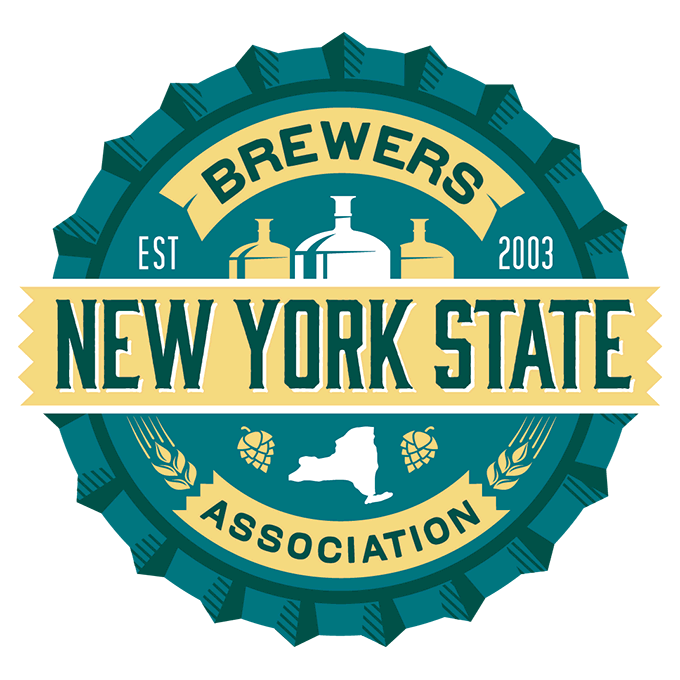
As the Craft Beer Revolution doesn’t appear to be slowing down anytime soon, another revolution in beer has been brewing—a revolution that matters much more than the latest grapefruit-infused IPA or irreverently catchy brand name. Beer aficionados love choice. But when it comes to water usage, less is most definitely more.
You don’t need to be a genius to know that water scarcity is the biggest risk facing our planet. According to the World Water Development Report (2014), agriculture is the largest consumer of water in the world, accounting for 70% of the global water withdrawals.
And man’s other best friend, beer, also comes at a price. The Brewers Association states that the average brewery uses seven barrels of water to produce one barrel of beer. But all isn’t doom and gloom. In growing numbers, brewers have been applying their creativity into whittling down their water-to-beer ratios and doing the right thing for Mother Earth.
WASTEWATER TREATMENT TECHNOLOGIES MEANS SUSTAINABLE BEER
Currently only 3% of the world’s wastewater is being reused. When that statistic is considered alongside the growing movement of wastewater-energy and resource recovery technologies that are being developed, we are presented with hope and opportunity. In the case of beer, there are wastewater treatment technologies that can slash a brewer’s water-to-beer ratio to 2:1. The meaningful adoption of these technologies amongst the brewing community will help catalyze the recovery of the planet’s most valuable resource: water. Add the extraction of the organics from wastewater for energy production (when fed into an anaerobic digester), the value of wastewater to the planet and its economy becomes even more compelling.
NECESSITY DRIVES INNOVATION
Carlsberg has committed to cut its water usage by 25% by 2022 (from a 2015 baseline), rising to 50% by 2030. And closer to home, brewers are also getting in on the sustainable action. Earlier this year, Stone Brewing in Escondido, California took the leap by releasing a beer made from wastewater called Full Circle Ale. We’ve heard it tastes pretty good!
Other water-strained states are following California’s lead. Most recently, a truck equipped with a portable wastewater treatment system has been doing the rounds across Arizona’s breweries—30 to be precise—all of whom agreed to brew beer with the potable water from the truck later in the summer. This water truck of altruism is part of a larger sustainability initiative called the AZ Pure Water Brew Challenge. This comes at a time when state environmental regulators are about to allow utilities to treat reclaimed wastewater for drinking water reuse.
And in Fredericksburg, Texas (another state suffering from water scarcity) Altstadt Brewery recently became the first brewery in Texas to install a biology-free wastewater treatment system. The innovative system (from ClearCove) has enabled the progressive brewery to meet Texas Commission on Environmental Quality permit requirements for water reuse and land application. Alstadt Brewery is able to recover over 90% of its water for reuse purposes.
The brewery wastewater revolution may only be in its infancy, but the signs are very encouraging. Sustainability has never tasted this good.☺